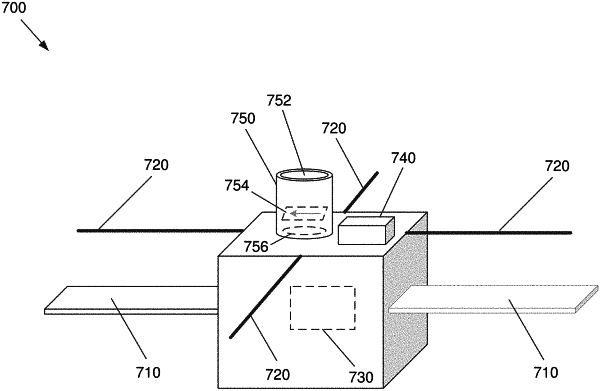| CPC G01S 17/931 (2020.01) [G01S 17/89 (2013.01); G01S 17/933 (2013.01); G01S 7/481 (2013.01)] | 43 Claims |

|
1. A light detection and ranging (LIDAR)-based system, comprising:
at least one laser configured to transmit a beam comprising light pulses at a predetermined wavelength and pulse repetition rate;
at least one light-sensitive receiver configured to:
receive light from the beam of light pulses after being reflected off of an object, reemitted after absorption by the object, or both, and
generate a voltage or a current from the received light; and
a computing system configured to receive the generated voltage or current from the at least one light-sensitive receiver and determine, for the object, a location, a distance, a velocity, a change in velocity, a size, a rotation, material properties, or any combination thereof, from the voltage or current received from the at least one light-sensitive receiver, wherein
the pulse repetition rate is set such that the object will be contacted by pulses at least twice when traveling through the volumetric distribution of laser energy at a maximum relative orbital velocity, the beam optimized for surface area.
|